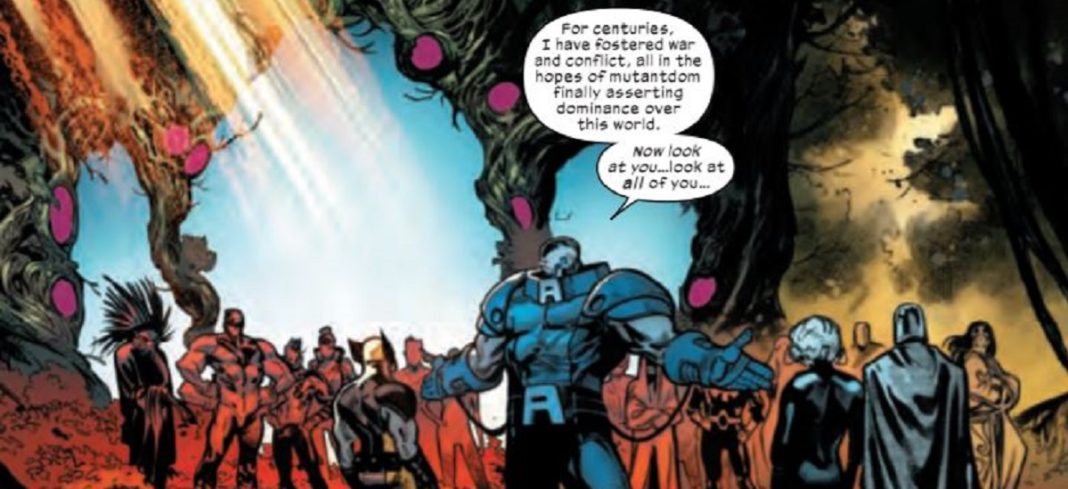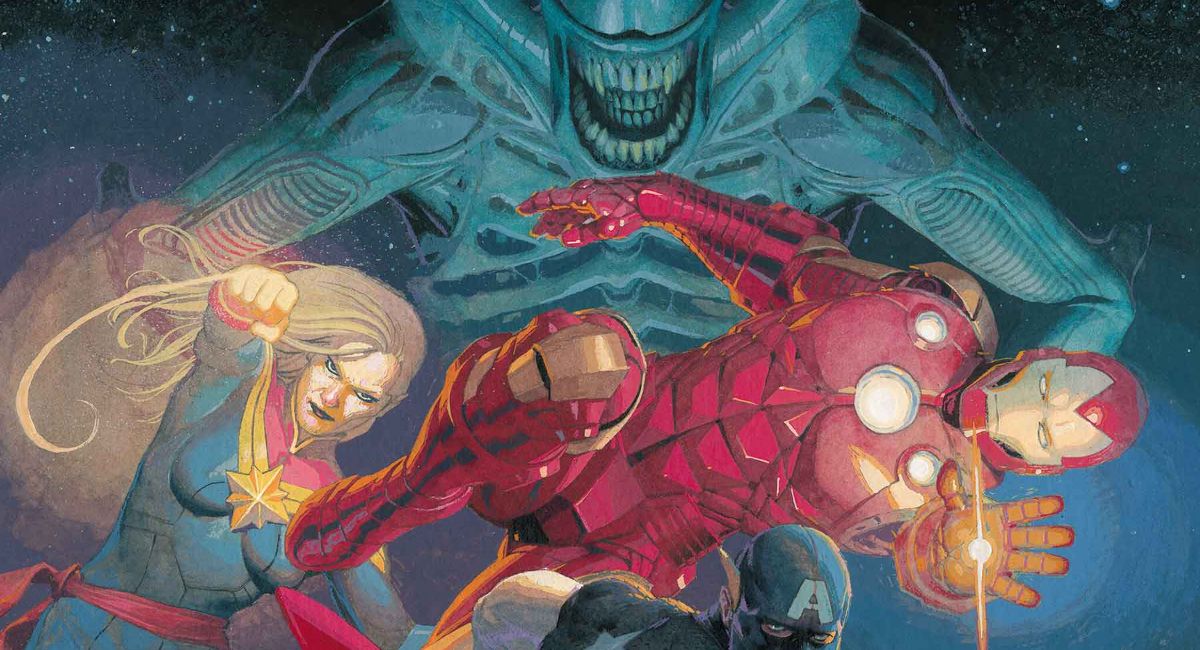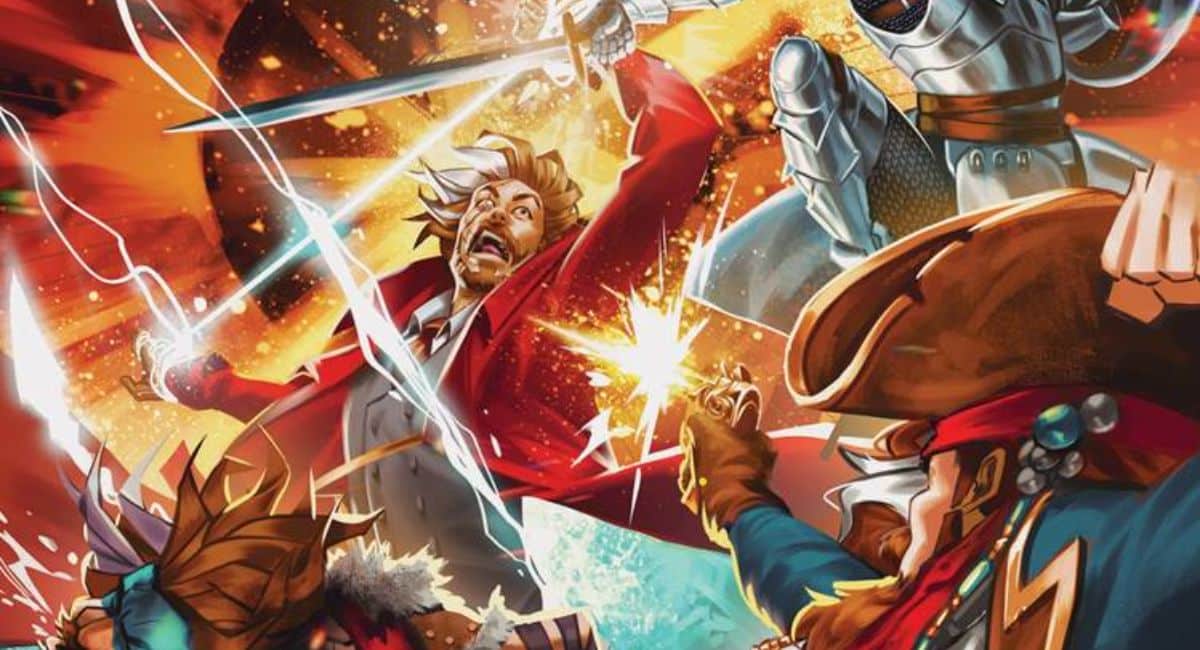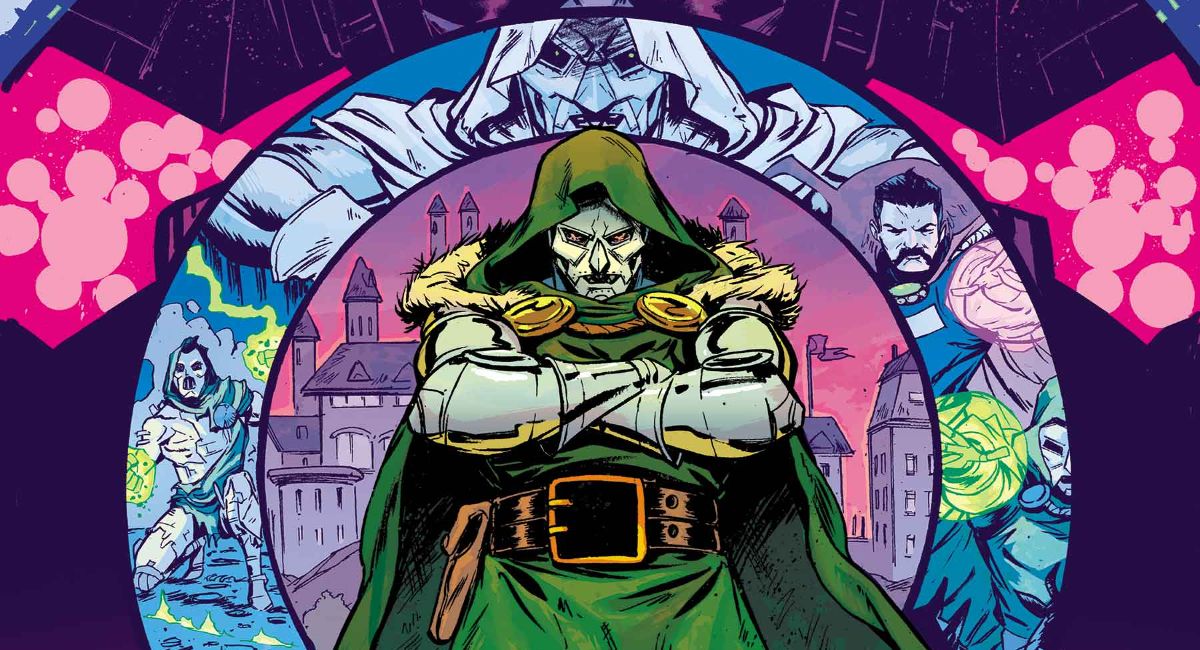With House of X #5, Jonathan Hickman finally returns to the ominous moment from the beginning of his story: Charles Xavier watching his X-Men hatch from mysterious, goopy pods. From there, he quickly dives into a lot of intriguing material, like his hidden mechanism for reincarnation, but more than anything else, this issue explores just what it means for the mutants to have Krakoa — a nation all for them.
There are multiple definitions of a nation, but I tend to agree with Benedict Anderson’s concept of an “imagined community.” Rules and customs slowly bind people together, but nation-states — a status Krakoa now claims after receiving UN approval — typically revolve around ideas of “us and them.” Through shared bloodlines, myths and languages, people form these imagined communities and defend these entities from the dangerous “them.” Loving or defending a community and fearing potential changes to its invisible structure is what leads to strong feelings of nationalism, and every citizen of Krakoa depicted in the issue is beaming with pride for their new nation, especially as their beloved X-Men finally return home from their sacred mission in the heavens. And since Krakoa is specifically a nation for mutants, that means the Brotherhood and X-Men must now join forces as a larger, more important group: citizens.
Mutant pride has always been an ideology espoused by Magneto and others, but mixed with this overwhelming, blind sense of nationalism it has an eerie quality. Mutants are a group ostracized as minorities for most of modern history, and as they stand up and layout a new order for the world to follow, it’s hard not to feel uncomfortable because there’s no knowing where the currently neutral ideology will lead to in the future. Just as in the real world, nationalism can lead to some fine things, like a sense of unity and a collective mission of progress, but it can also lead to extreme hatred and disdain for “the other,” a position the X-Men and their fellow mutants have repeatedly been in.
Numerous X-Men stories can be boiled down to fear of “the other.” While human-mutant conflicts will likely remain a part of the franchise until the end of time, it’s touching that House of X #5 begins with Magneto telling his daughter Polaris about the best thing humans every taught mutants: the value of society. Just like humans developed cities and grew protective over their surroundings as agrarian culture kicked in, mutants have settled into their own unique society with Krakoa, and no one is going to take it away from them. This conversation, albeit brief, goes on to define the whole issue, as the new mutant homeland is more fully explored than at any other time in the series.

Over the years, the United States’ Founding and Framing Fathers have been mythologized to the point of being seen as larger than life (George Washington’s face is literally carved into a mountain in South Dakota’s Black Hills, a sacred tribal land). In a similar way, Hickman selects a group of five mutants to serve as Krakoa’s mythical backbone — a group whose righteous actions embolden and empower the nation. These five mutants — Eva Bell, Proteus, Hope, Elixir, and Goldballs — are fairly common on their own; but together, the five of them are capable of achieving the impossible: resurrecting (or regrowing) mutants. In a lot of ways, the harmonious union between these five individuals represents the promise of Krakoa: that mutants are capable of thriving when working in harmony towards a common goal.
Even though the issue goes out of its way to inform readers that The Five feel fulfilled and enjoy their restorative work, I can’t help but feel somewhat uneasy about the entire reincarnation process. Unlike previous attempts at creating a mutant nation, The Five tip the scales in Xavier’s favor since he can now resurrect any mutant in the world, ensuring his fellow Krakoan citizens won’t be wiped from the planet like Genosha’s were. While restoring the 16.5 million lost mutants sounds like a nice goal, it’s also a whole lot of pressure to put on five individuals, and this obscured Xavier doesn’t seem willing to put up with many hindrances.
The Five have a key role to play in restoring the world’s mutant population, which will be explored in more depth as Hickman’s saga continues. Their presence in this issue revolves around resurrecting the fallen X-Men who died in House of X #4. The whole sequence, embedded with a revelatory feeling due to Storm’s moving speech and a roaring crowd, is supposed to feel victorious, but — like much of the series — there is a sense of anxiety underpinning the moment. Interestingly enough, it’s Nightcrawler, the team member with the strongest spiritual beliefs and the one who is most likely to believe in an untransferable soul, who is given a prominent position in this image, smiling in his birthday suit for all Krakoa to see.

Establishing a nation is a lofty goal, one that takes a lot of hard work and personal sacrifice. Emma Frost, whose introduction to the HOX/POX saga reminded us all that God is obviously a woman, is singled out in this issue as the individual who makes the final grand sacrifice necessary to establish Krakoa: psychically shaping a UN Security Council official’s decision. Emma already has a guilty conscious and does hard things for the good of those around her, but her manipulative actions have never changed the world on such a legal, permanent stage before, and I’m curious to see how this act in particular plays out for her and the rest of mutant kind in the long-term. While it’s clear Xavier has “bold” plans for Emma in store, the themes of martyrdom already brought up throughout the series make me think Emma may find herself in a position where she is ostracized from the outside world but worshipped as a martyr by mutants as the mother of their nation.
It’s evident from Wolverine’s battle-ready stance, a shot similar to Jon Snow’s final stand in “The Battle of the Bastards,” that he is uneasy about opening their new nation to potential bad eggs. In the past, this idea of forgiveness and acceptance might have focused more squarely on Xavier and Magneto, but since HOX/POX has already established the two of them as brothers in the same fight, Hickman can turn his attention to the larger mutant population as a whole since characters like Exodus and Storm will now be forced to interact in a more neighborly, congenial way than before. This issue boldly declares that Xavier is only dealing in absolute terms, unwilling to carve out a place in society for mutants unless it means all mutants — even the worst of the worst — feel welcome and at home there.

I mentioned it briefly last week, but the continued development of Apocalypse’s relationship with Krakoa is very intriguing. The two of them are essentially mutantkind’s oldest friends, ancient allies who’ve stood by each other during times of extreme conflict, but now they are reunited during a time of peace. Thanks to Pepe Larraz’s expressive illustrations and Marte Gracia’s paradise-evoking colors, the relationship between the two of them feels extremely symbiotic, with Apocalypse’s very presence visibly delighting Krakao, and there’s no knowing just how interconnected these two entities will become. No matter how entertaining Apocalypse’s presence in the narrative is, it’s also somewhat foreboding that even this manipulative villain doesn’t see anything wrong with Xavier’s new mutant paradise.
Despite the ground-shaking revelations, House of X #5 feels like the most traditional, straightforward issue of the whole HOX/POX saga so far. Not only does it answer some of the series’ lingering questions, it gives readers a real glance at what the status quo will be moving forward. As intriguing as it is to see Hickman’s plan finally come into view, this issue’s revelations open the narrative up to a larger metaphysical conversation about the value of life, whether one’s essence can be recreated (or should be as in the case of Gabriel Summers, a.k.a. Vulcan) and how clones or cybernetic mutants, like X-23 and Cable (who already have issues revolving around body agency), fit into Xavier’s grand plan.
We’re nearing the finish line here, folks. There are only three more issues before Dawn of X officially begins, so check out last week’s column on how the (fabulous) Mr. Sinister fits into the larger narrative to ensure you’re fully versed in everything going on!
Until neXt time, all you fine mutants and machines!









I was thinking a lot about this issue all week. I wonder if this means we’ll see characters like Skin return, and if this is how Mondo joins the New Mutants. But more importantly I’m wondering if the resurrected mutant characters will interact with their human family members–will their loved ones know about their resurrection? Will there be reunions? Has Xavier mind wiped families so they won’t remember their mutant relatives? I think I’m most curious about this aspect of the story and very hopeful to see it addressed.
Comments are closed.